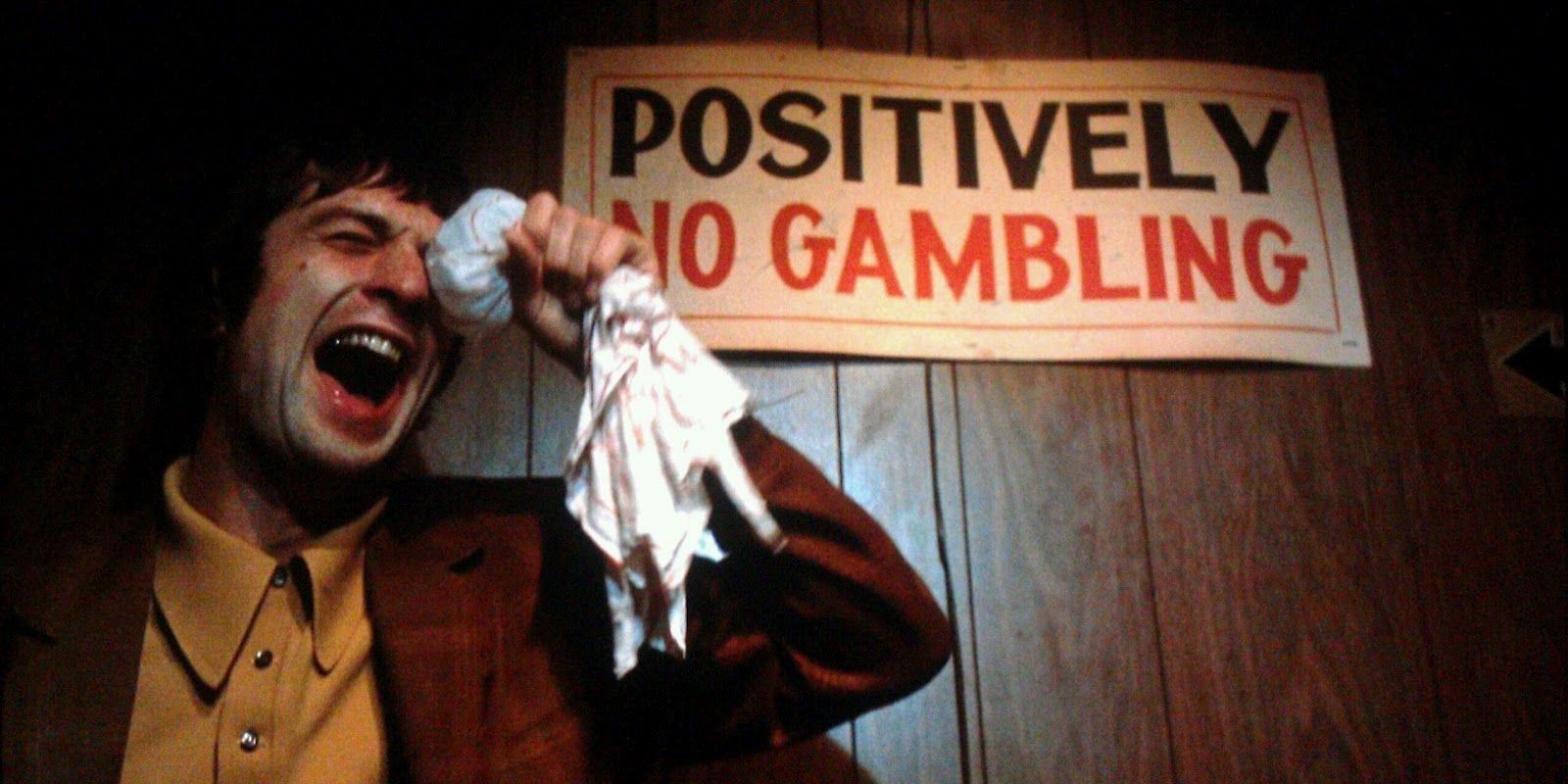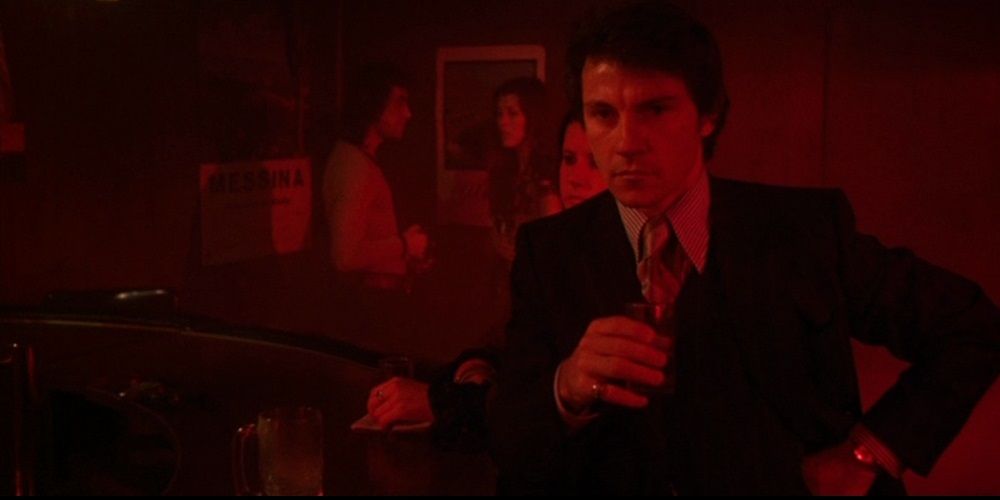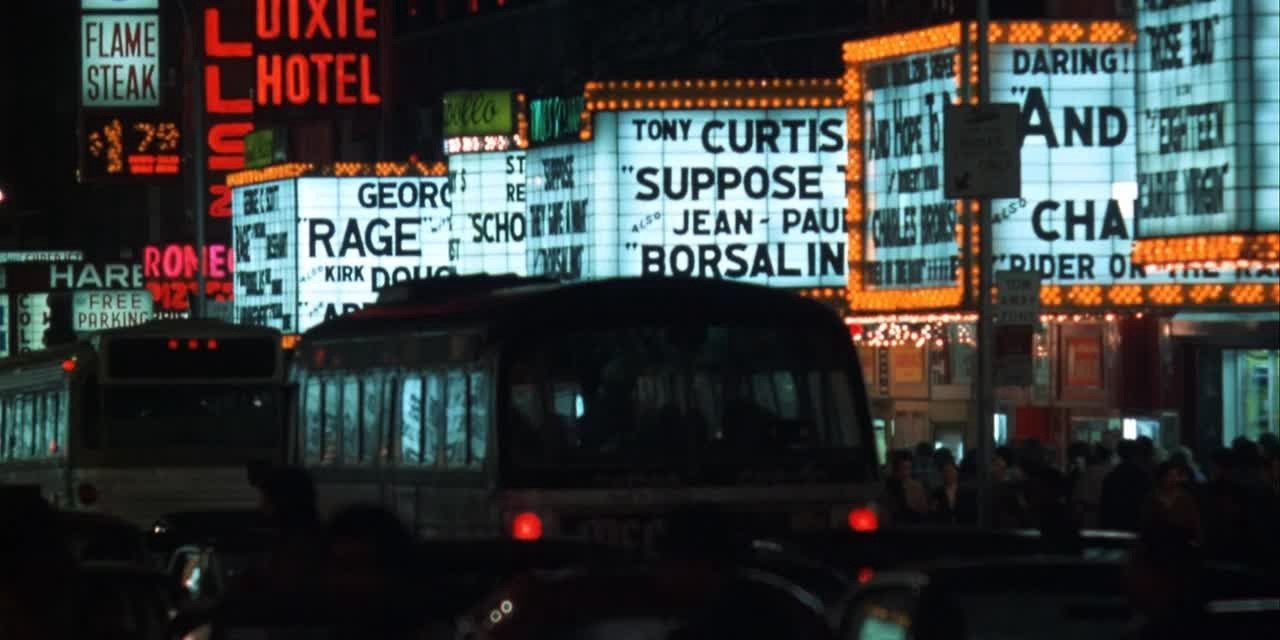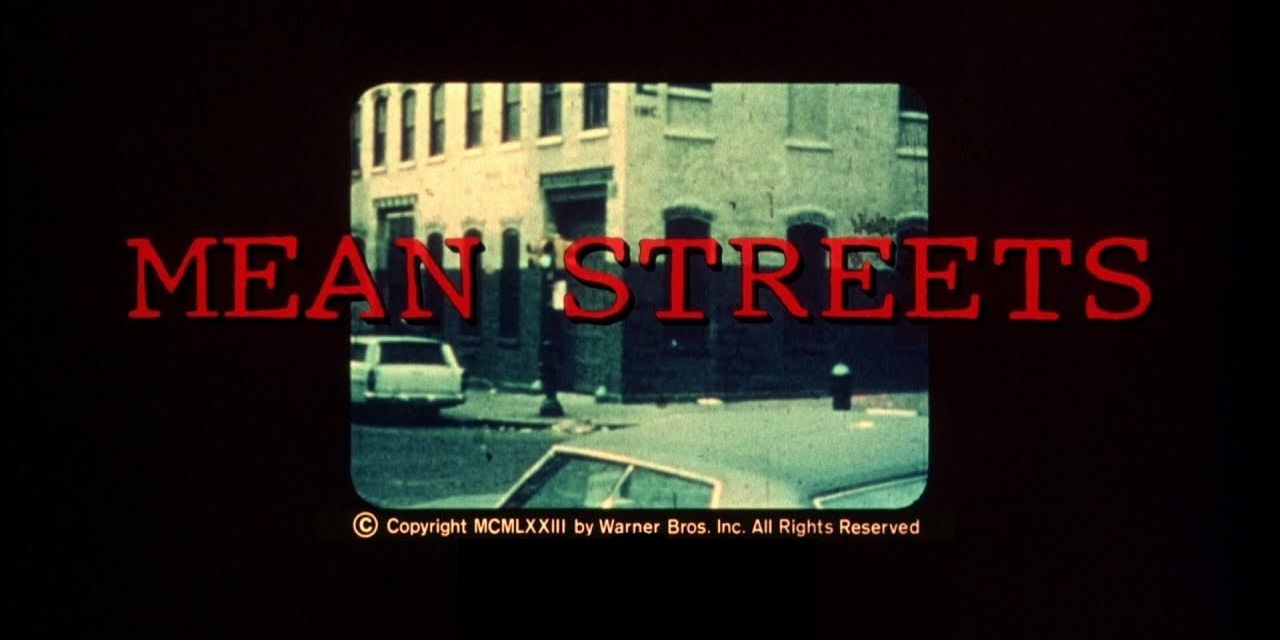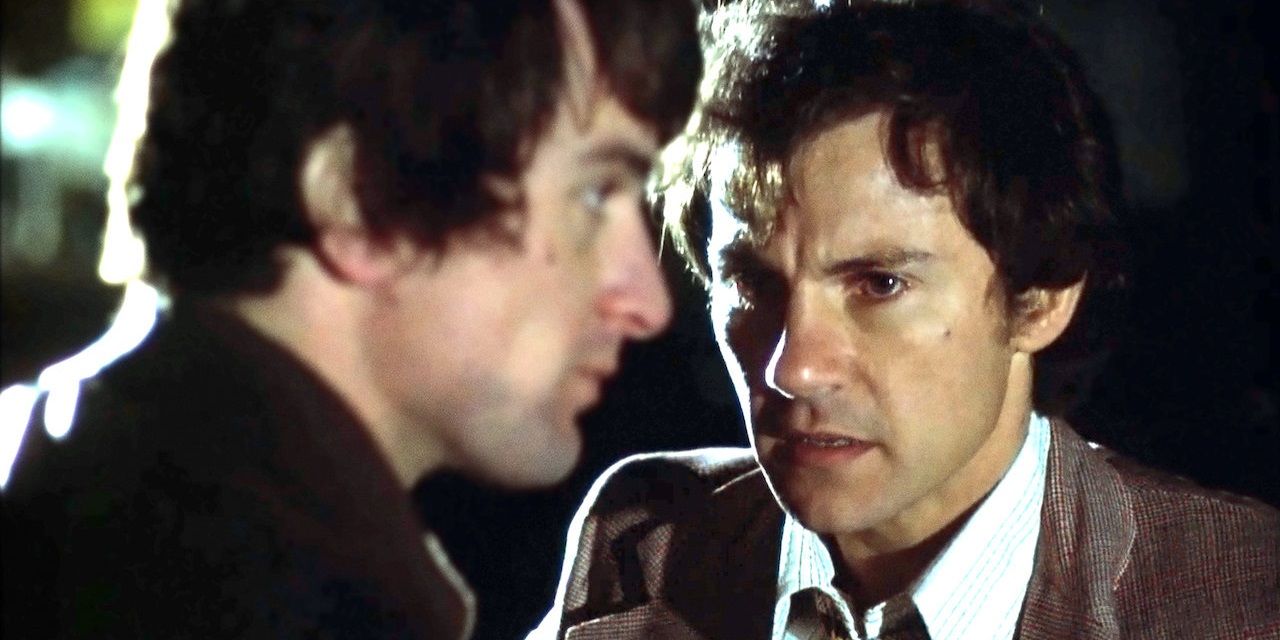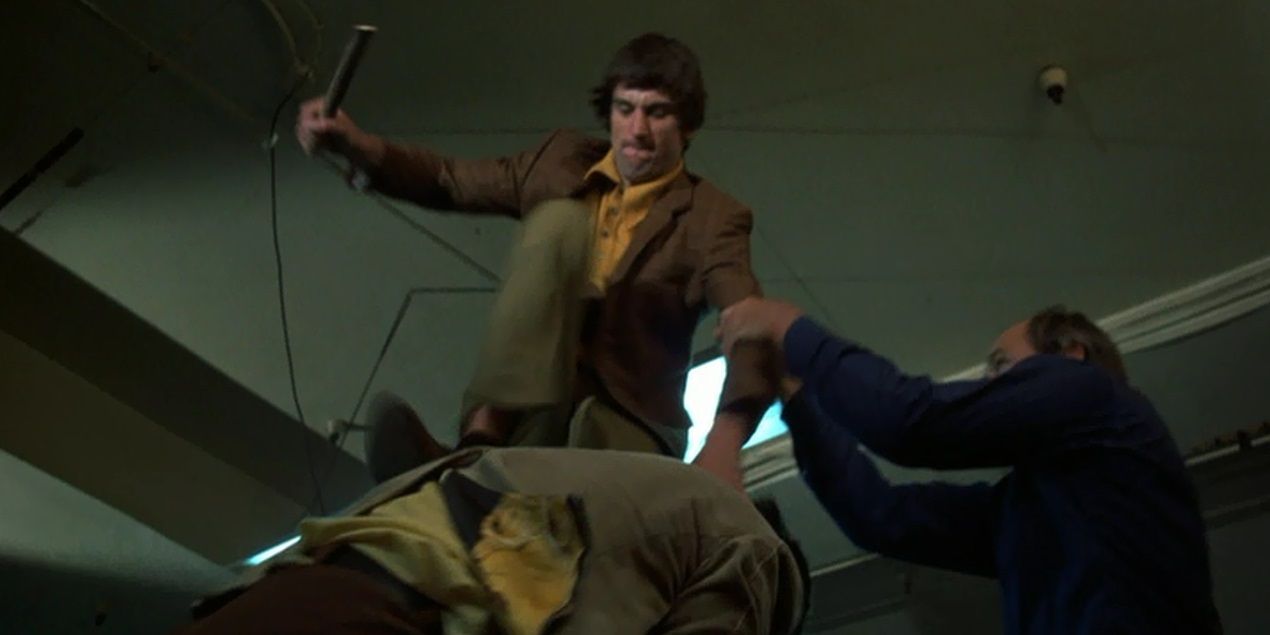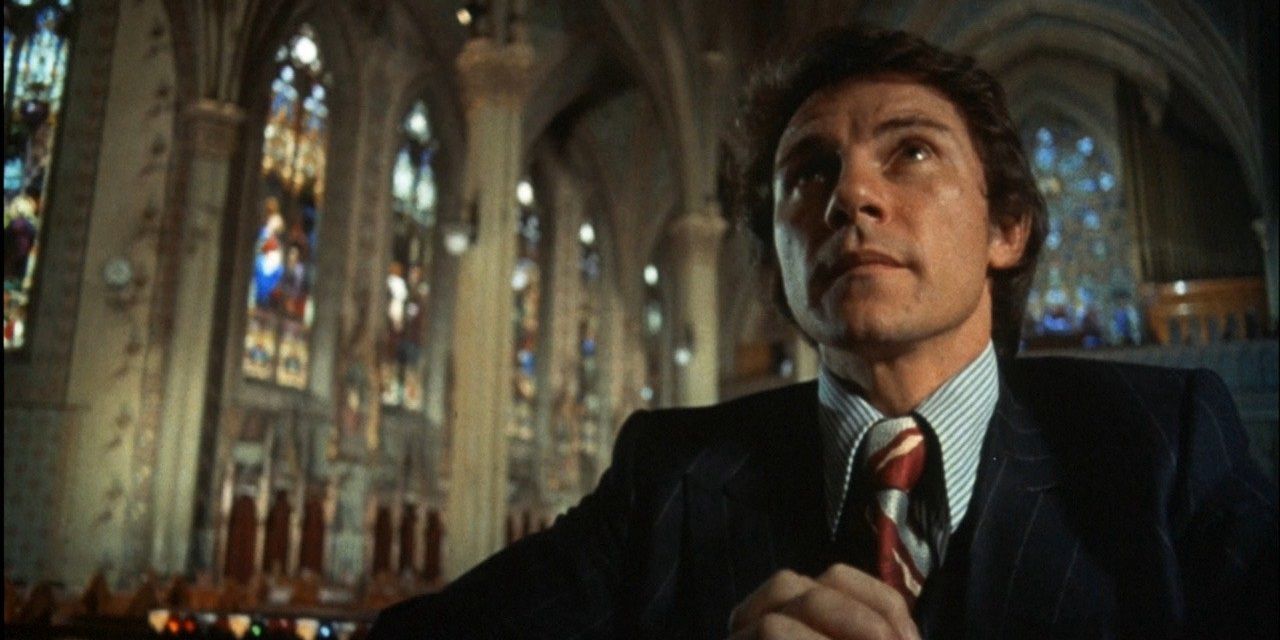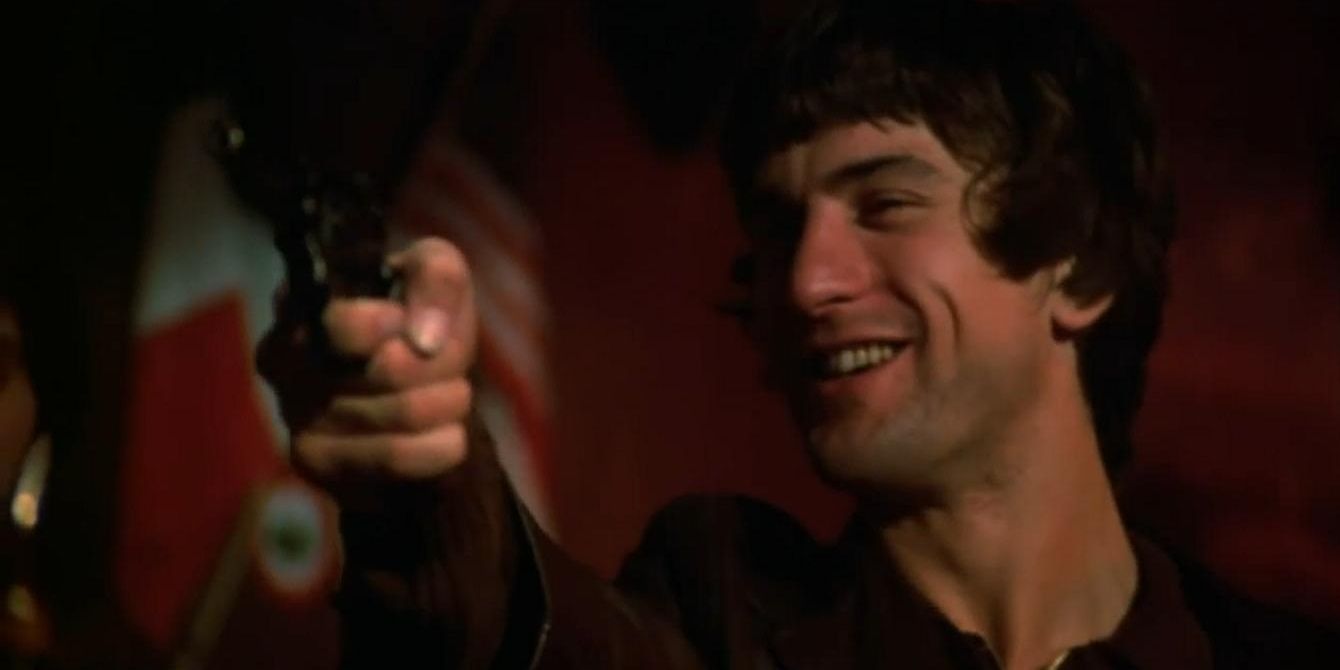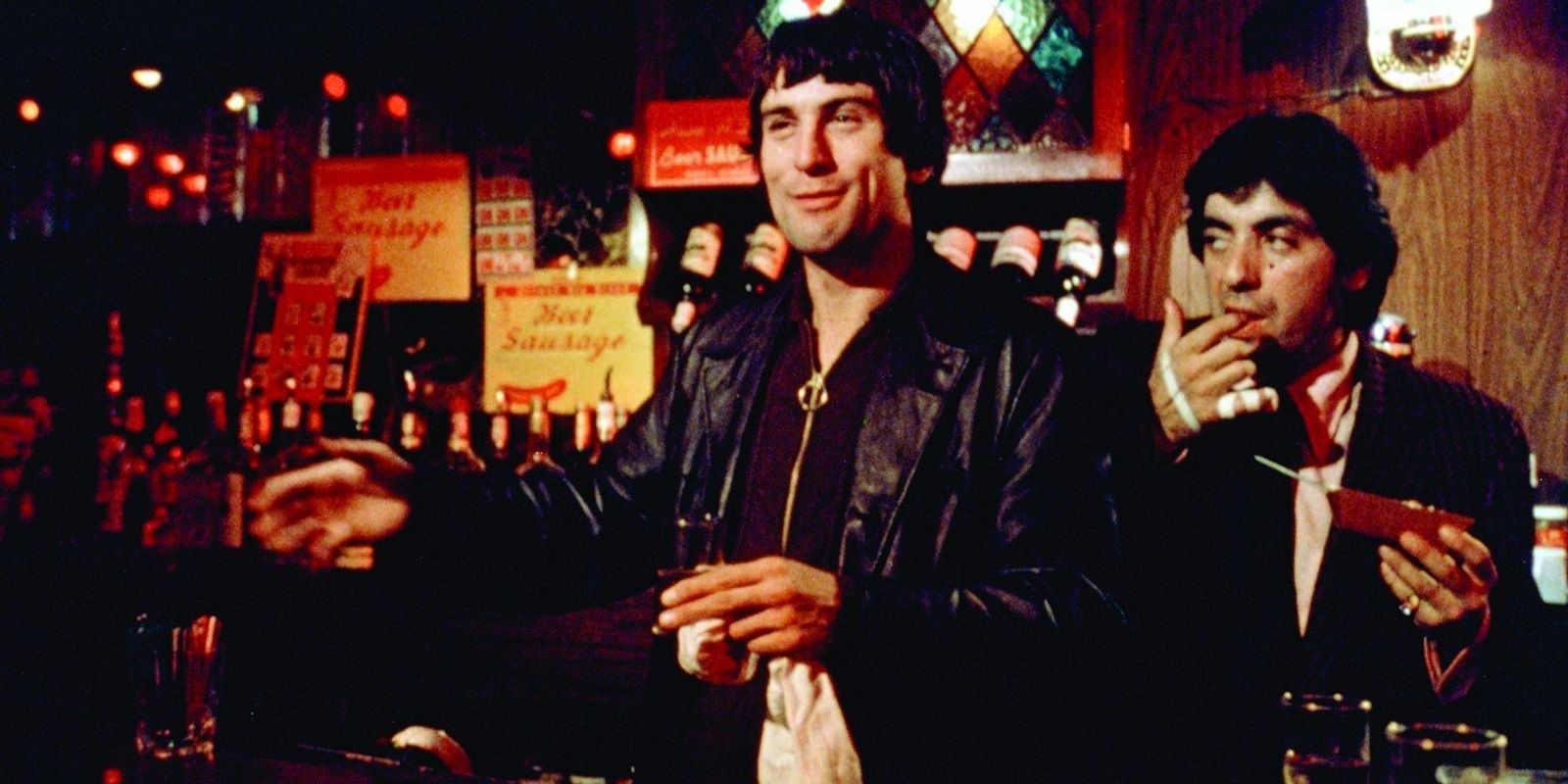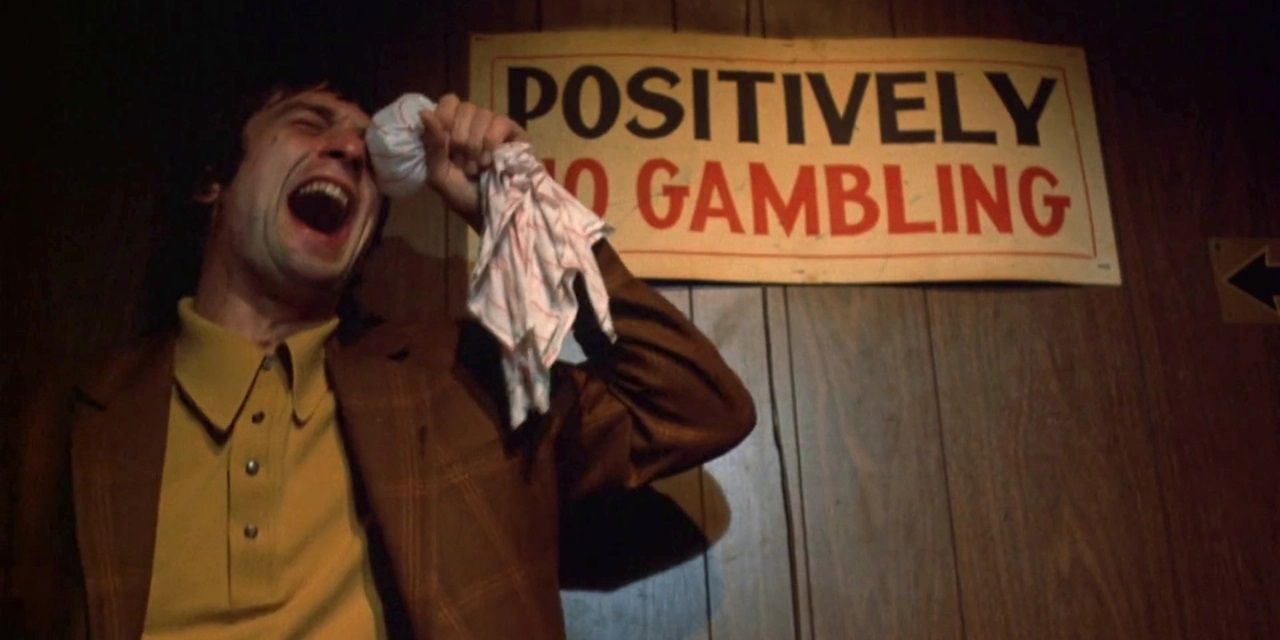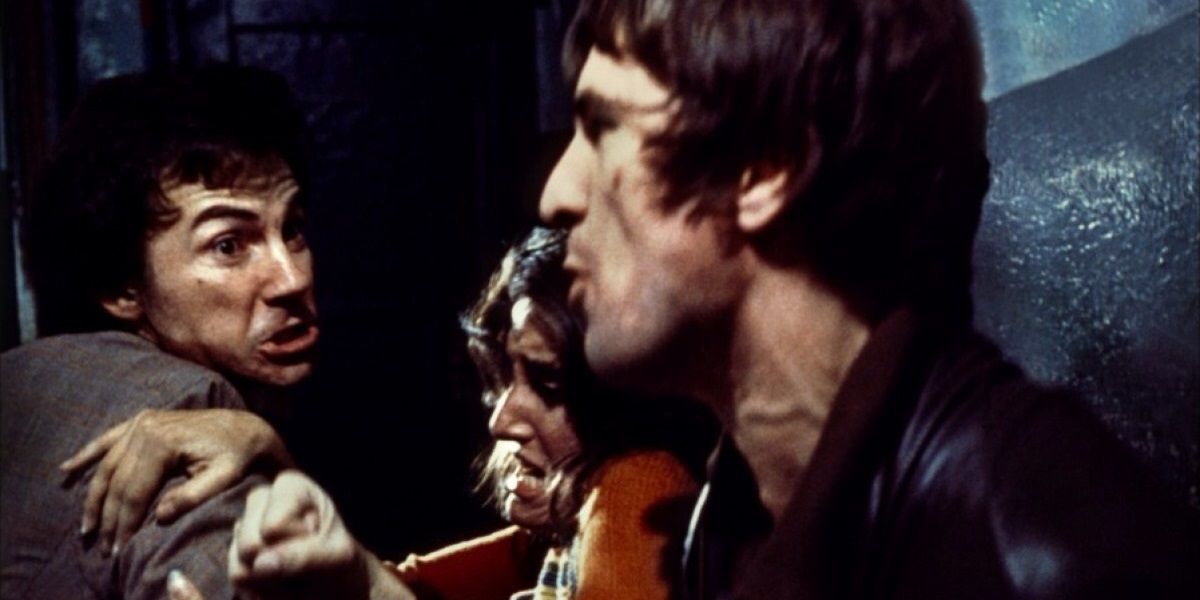Although his directorial debut was technically Who’s That Knocking at My Door, which he followed up with Boxcar Bertha, the first Martin Scorsese film that really feels like a Martin Scorsese film is the 1973 crime drama Mean Streets. Set on the streets of New York, Mean Streets is still ranked among the greatest movies ever made.
A lot of the hallmarks of the directorial style that would make Scorsese one of the most celebrated filmmakers in the world first appeared in Mean Streets. He went on to hone and refine this style with films like Goodfellas, but Mean Streets was a strong start.
Mafia Life
Although Scorsese has made movies about all kinds of topics, the subject matter he’ll always be most associated with is organized crime. Many of the best gangster movies ever made were directed by Scorsese. The director’s depiction of mafia life began with Mean Streets.
His ongoing cinematic thesis is that a life of crime is never a good idea. Mean Streets was his first cautionary tale about life in the mob: the glitz is short-lived and the inevitable ending is devastating.
New York City
A lifelong New Yorker, Scorsese has set most of his films in the city where he grew up. He was inspired to make the much more personal Mean Streets after his negative experiences working on Boxcar Bertha as a director-for-hire.
Specifically, Mean Streets takes place in New York’s Little Italy neighborhood, and is one of the definitive on-screen portrayals of that part of the city.
Soundtrack Full Of Oldies Pop
Scorsese had to shoot Mean Streets on a shoestring budget, and he reportedly spent the majority of it on licensing music. It was worth the expense, because — just as he has continued to do ever since — Scorsese chose the perfect songs to play over each scene, from the Ronettes’ “Be My Baby” over the opening credits and the Rolling Stones’ “Jumpin’ Jack Flash” over Johnny Boy entering the bar.
The director has since filled all of his movies with oldies pop hits perfectly juxtaposed against the on-screen material, from Tony Bennett, Aretha Franklin, and Cream in Goodfellas to Roger Waters, the Beach Boys, and Badfinger in The Departed.
More Focus On Character Than Plot
When he was cleaning up during awards season the year The Departed came out, Scorsese joked that it was his first movie with a plot. Going back to Mean Streets, Scorsese’s movies have put a lot more emphasis on character. Rather than following one cohesive three-act plot, Mean Streets is more like a cinematic short story collection set in Little Italy.
Scorsese would continue to direct vignette-driven character studies for years to come. In particular, his biopics follow this formula, each offering a rounded portrait of their subject that focuses on their biggest flaw, like Jake LaMotta’s rage or Jordan Belfort’s obsession with excess.
Long Takes
Scorsese uses a ton of long takes in Mean Streets, tracking Johnny Boy into the bar and following a drunken Charlie around the club and trying to keep up with the brawl in the pool hall.
The director has since helmed some of the most iconic long takes ever put on film, most notably the Copacabana scene in Goodfellas.
Catholic Guilt
Themes of Catholic faith and guilt have been rampant across Scorsese’s work. This started in Mean Streets, which opens with Charlie praying in church.
Scorsese’s thoughts on religious reflection are summed up in the opening voiceover (implied to be Charlie’s thoughts, but actually delivered by Scorsese himself): “You don’t make up for your sins in church. You do it in the streets. You do it at home. The rest is bulls**t and you know it.”
Robert De Niro
Robert De Niro hasn’t appeared in every single Scorsese movie, but he is arguably the director’s greatest collaborator. He’s made some great films with Leonardo DiCaprio, but nothing compares to masterpieces like Taxi Driver, The King of Comedy, and Raging Bull.
Scorsese’s longstanding working relationship with De Niro began with Mean Streets, in which the actor plays the hard-partying, irresponsible Johnny Boy.
Turbulent Editing
Scorsese’s turbulent style of editing — particularly when he’s depicting the hectic lifestyle of a mobster — made its debut in Mean Streets, stringing together the various vignettes that make up the story.
Charlie and Johnny Boy lead a fast-paced life, and Scorsese made a fast-paced movie to reflect that, jumping from scene to scene with a palpable energy.
Blunt Depictions Of Violence
While directors like Quentin Tarantino and John Woo revel in glorious cinematic bloodshed, Martin Scorsese takes a much more straightforward and blunt approach to depicting violence on film.
In Mean Streets, the violent scenes don’t make the violence look cool; rather, it’s unnerving because it’s realistic. The climactic shooting is particularly heartbreaking.
Tragic Male Bonding
At the heart of Mean Streets’ loosely connected string of vignettes is the pseudo-brotherly relationship between Charlie and Johnny Boy. Harvey Keitel and Robert De Niro share remarkable chemistry as a low-level mobster and the reckless, troublemaking friend whom he has to keep bailing out. Their tumultuous friendship heads down a rocky road to an inevitable tragic conclusion.
Many of Scorsese’s later movies would revolve around tragic male bonding: Henry and Tommy in Goodfellas, Jordan and Donnie in The Wolf of Wall Street, Ace and Nicky in Casino, Frank and Jimmy in The Irishman, the LaMotta brothers in Raging Bull — the list goes on.

